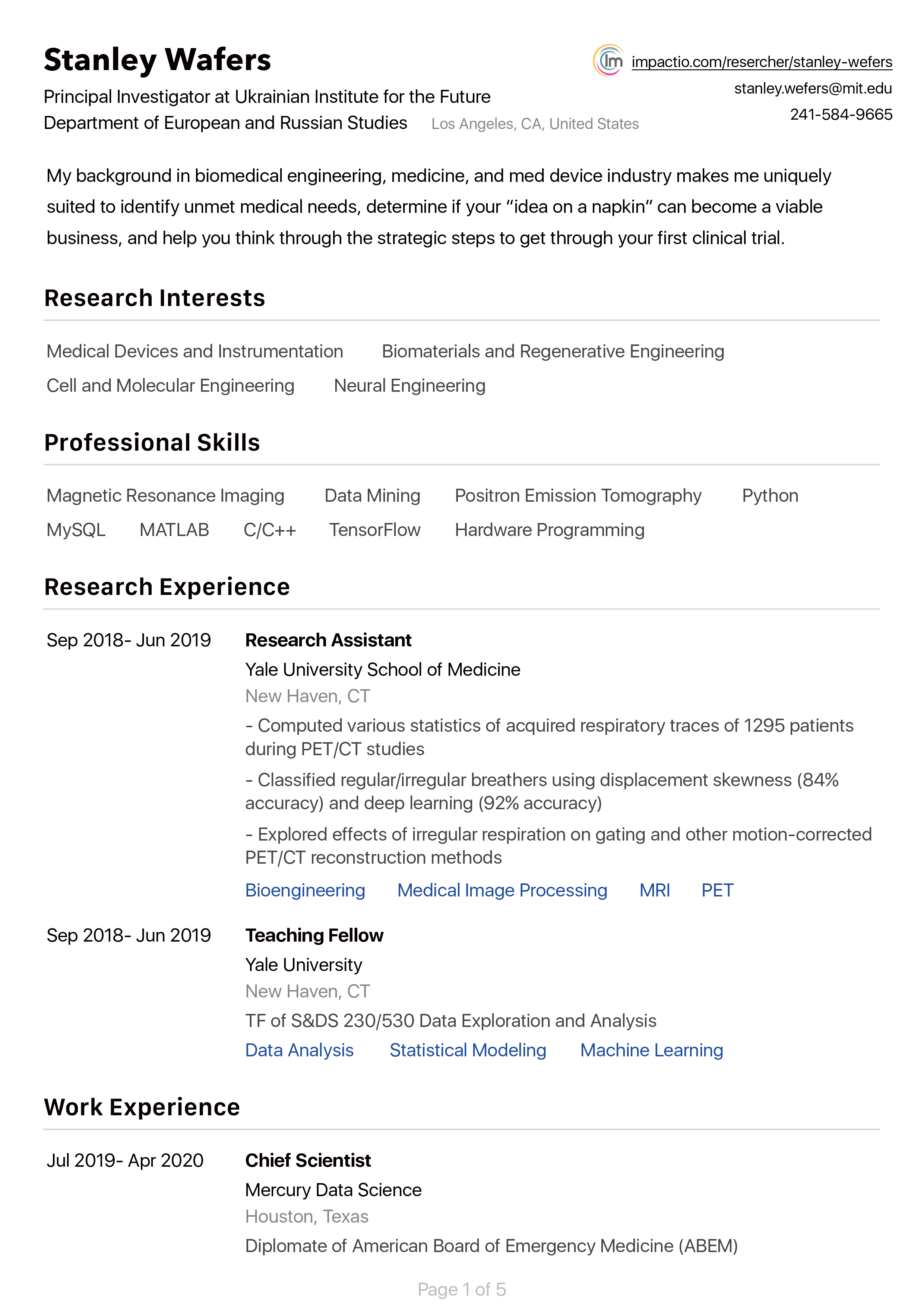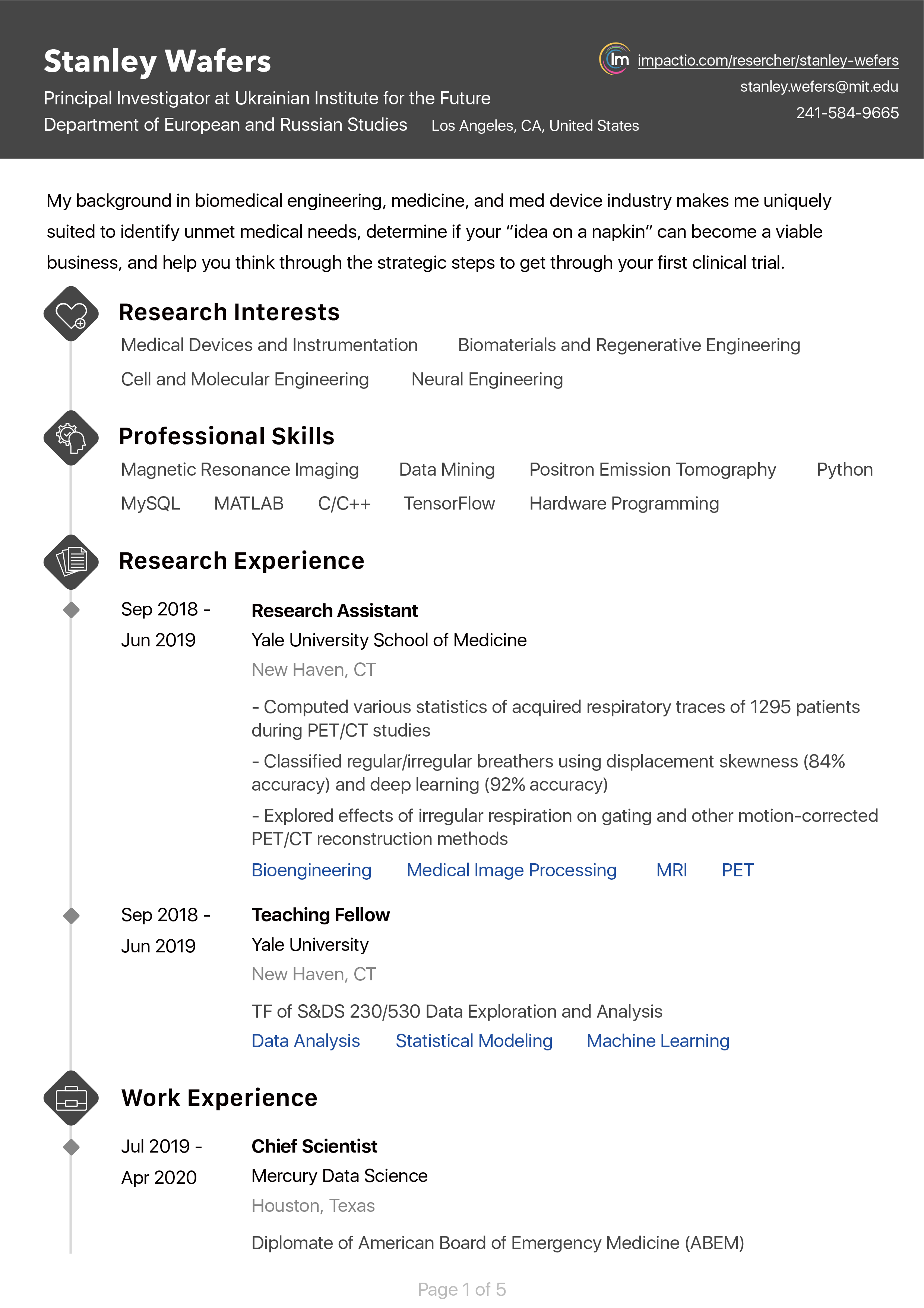1. Concepts of Statistics:
Introduction- Statistics Defined- Statistical Data- Statistical Methods-Statistics: Science or Art- Functions of Statistics- Scope of Statistics- Statistics and the Computer- Limitations of Statistics- Distrust of Statistics- Problems.
2. Collection of Data, Data Classification, Tabulation and Presentation:
Sources of Data, Primary and Secondary Data Sources- Internal Data- Classification of Data- Formation of a Frequency Distribution-Classification according to Class Intervals- Principles of Classification-Tabulation of Data- Review of the Table- Types of Tables- Parts of a Table- Charting Data-General Rules for Constructing DiagramsTypes of Diagrams- One-Dimensional or Bar Diagrams- Two- Dimensional Diagrams- Pictograms and Cartograms- Choice of a Suitable Diagram- Graphs- Graphs of Time Series or Line Graphs- Graphs of Frequency Distributions-Limitations of Charts- Problems.
3. Measures of Central Tendency:
Objectives of averaging, Requisites of a measure of central Tendency, Measures of Central tendency, Mathematical averages, Geometric mean, Harmonic mean, Averages of position, partition values, Mode, Relationship between mean, median, and mode-comparison between measures of central tendency.
4. Measures of Dispersion:
Significance of Measuring Dispersion; Properties of A Good Average Dispersion; Range-Inter-Quartile Range and quartile Deviation; Mean Deviation; Standard Deviation; Co-efficient of, Variations and Their Application.
5. Moments, Skewness and Kurtosis:
Concepts; Moments from Arbitrary Value; Moments from Mean; Relation between Moments; Measures of Skewness and its Uses, Measures of Kurtosis and Its Application.
6. Sampling and Sampling distributions:
Reasons of Sample Survey-Population parameters and sample statistics-Sampling Methods-Sampling distributions-Sampling distribution of Sample mean-Sampling distribution of sample proportion.
7. Probability and probability distributions:
Concepts of probability-definition of probabilitycombinations of permutations-Rules for probability and algebra of events-Bayes’ Theorem-Probability distributions-expected value and variance of a random variable-Discrete Probability distributions-continuous probability distribution.
1. Number System: Introduction, Real Number Systems, Absolute Value of a Number, Special Properties of Zero. Fractions, Complex and Imaginary Number, Sequence and Series, Sigma Notation, Principles of Mathematical Indication, Sum of Natural Number, Relations and Functions, Business Application.
2. Indices and Logarithms: Introduction, Index and Base of a Number, Law of Indices, Meaning of amPositive and Fractional Indices, Operation with Power Functions. Logarithm, Anti-Logarithm, Laws of Logarithms, Common Logarithm, Natural Logarithm, Characteristics and Mantissa.
3. Theory of Sets: Definition of a Set, Methods of Describing a Set, Types of Sets, Operation on Sets, Venn Diagram, De-Morgan’s Laws, Cartesian Product of Two Sets, Business Applications.
4. Linear and Quadratic Equations: Liner Equations: Equation and Identity, Linear Equations, Degree of an Equation,Solution of an Equation, Linear Simultaneous Equations with Two Variables, Linear Inequalities, Business Applications.Quadratic Equations: Nature of the roots of a Quadratic Equation, Relationship between Roots and Coefficients of a Quadratic Equation, Formation of Quadratic Equation with Given Roots. Business Application.
5. The Straight Lines: Abscissa and Ordinate of a Point, Rectangular Coordinates, Distance Between Two Points, Coordinates of Mid-Point, Division or Section Formula, Centroid of a Triangle, Area of a Triangle, Polar Coordinates, Relation between Polar and Cartesian Coordinates of a Point, Straight Line and Standard from of Its Equations, General Equation of a Straight Line, Intersection of Two Straight Lines, Condition for Concurrent of the Three Straight Lines, Angle between Two Straight Lines, Equation of a straight line passing through two points, Cost equation, Business Applications.
6. Permutations and Combinations: Fundamental Principles of Permutations, Permutations of Things which are and are not All Different, Circular Permutations. Combinations, Relations, Relation between Permutation and Combination, Business Applications.
7. Mathematics of Finance: Interest, Simple Interest, Compound Interest, Nominal and Effective Rates of Interest, Continuous Compounding, Discounting, Depreciation, Annuity, Derivation of Different Types of Annuity, Amortization and Sinking Funds, Business Applications.
8. Matrices and Determinants: Definition of a Matrix, Types of Matrices, Algebra of Matrices, Inverse of a Square Matrix, Solving System of Linear Equations by Matrix Method, Determinants of a Square Matrix, Cramer’s Rule to Solve System of Linear Equations.









